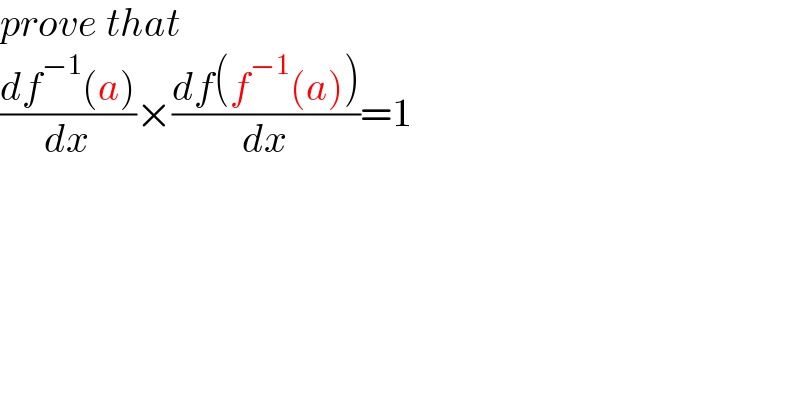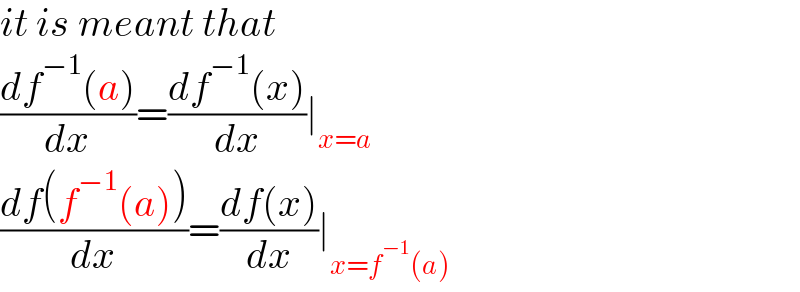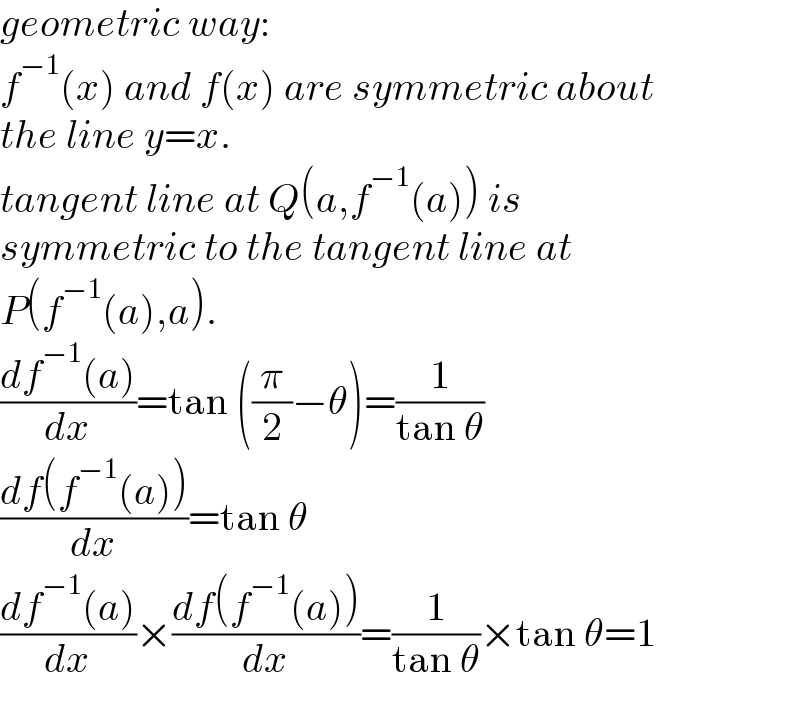
Question and Answers Forum
Question Number 166331 by mr W last updated on 18/Feb/22

Commented by mr W last updated on 19/Feb/22

Answered by mathsmine last updated on 18/Feb/22

Commented by mr W last updated on 18/Feb/22

Answered by mr W last updated on 19/Feb/22

Commented by mr W last updated on 18/Feb/22

